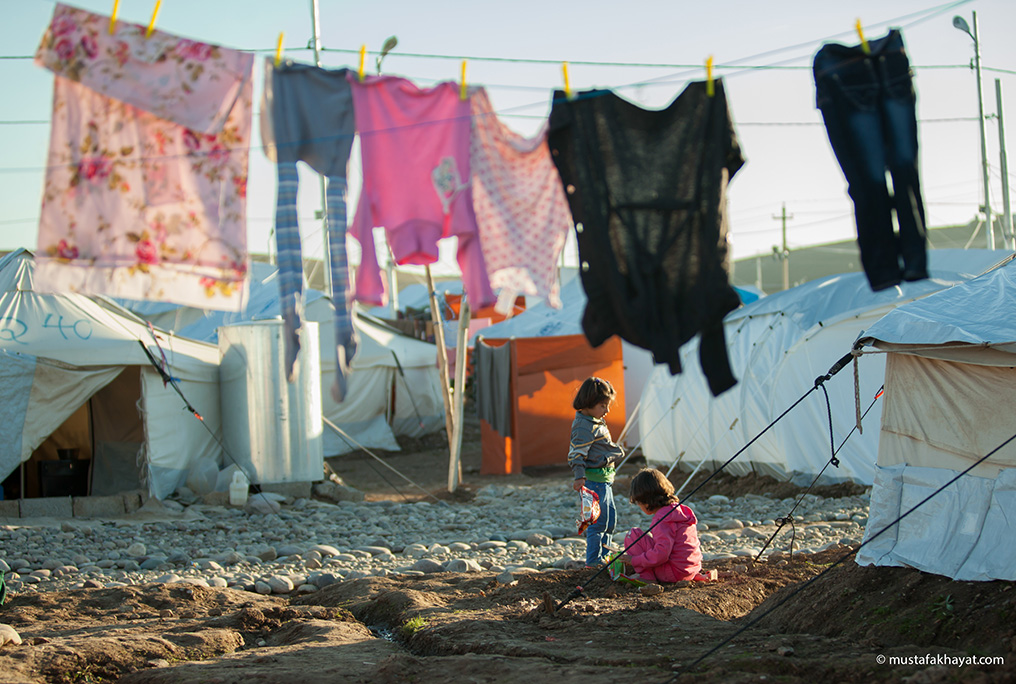 “The participation of local communities in the process of refugee integration helps to combat discrimination against refugees.”
“The participation of local communities in the process of refugee integration helps to combat discrimination against refugees.”
Building social and physical perspectives into policies for urban integration of refugee and immigrant populations is the thesis posed by the study “Strategies for the urban integration of refugees: changing the emergency approach to more permanent solutions”, developed by the director of our master program, Carmen Mendoza. The study forms part of the area of research she heads up at UIC Barcelona, “Post-emergency Community Resilience.”
 On 18 September, Carmen Mendoza presented the study at the International Federation of Landscape Architects (IFLA) Congress held in Oslo between 18 and 20 September.
On 18 September, Carmen Mendoza presented the study at the International Federation of Landscape Architects (IFLA) Congress held in Oslo between 18 and 20 September.
As she explains, “The community has a key role in urban transition. Therefore, we must prioritise the social cohesion of refugees with the rest of the community, in order to prevent discrimination and marginalisation. In short, we must seek to address the integration of refugees in a permanent and sustainable form, not as an emergency situation or of an exceptional nature, to avoid refugees being perceived as a social and economic burden on the city that takes them in.”
 The methodology developed in the study seeks to synthesise the local community’s physical and active traits in the urban space. To do this, the lecturer proposes a participatory mapping of the city which makes it possible to identify the social and spatial attributes of each district. This can be used to subsequently provide physical proposals for refugee reception, including dedicated reception centres, the creation of new facilities and shared services, and urban improvements. She concludes, “Whereas the reuse of existing buildings can help make urban space more equitable, the construction of housing outside the cities separates refugees from local communities and so leads to stigmatisation and marginalisation.”
The methodology developed in the study seeks to synthesise the local community’s physical and active traits in the urban space. To do this, the lecturer proposes a participatory mapping of the city which makes it possible to identify the social and spatial attributes of each district. This can be used to subsequently provide physical proposals for refugee reception, including dedicated reception centres, the creation of new facilities and shared services, and urban improvements. She concludes, “Whereas the reuse of existing buildings can help make urban space more equitable, the construction of housing outside the cities separates refugees from local communities and so leads to stigmatisation and marginalisation.”
Feature Image: Syrian refugee camp, Karkosik Erbil; Mustafa Khayat (Creative Commons Licensed)

